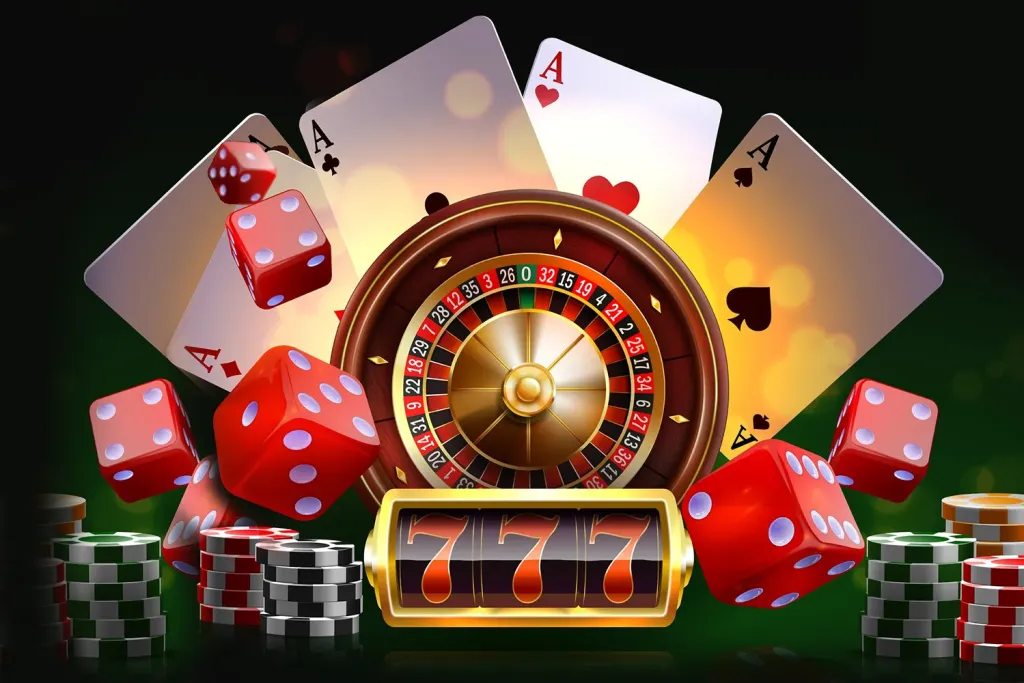You’re mid-game. The screen lags. Your character freezes. You lose. And you’re left wondering. Was it just bad luck, or did your phone mess it up?
In 2025, mobile gaming is more intense than ever. Whether you’re grinding through battle royales or chasing multipliers in crash games like Aviator, your phone’s settings can absolutely make or break your chances. And no, it’s not just about having the latest device. It’s about how you set it up.
Let’s break it down—raw, journal-style. No fluff. Just what matters.
First Off: Yes, Settings Matter
You’d think a high-end phone like the Galaxy S24 Ultra or the ROG Phone 8 Pro would be enough. But even those beasts can choke if you don’t tweak them right.
Performance mode, refresh rate, background apps, these things aren’t just tech jargon. They’re the difference between smooth gameplay and rage-quitting.
Performance Mode: Your First Power-Up
Most gaming phones come with a built-in Performance Mode. It’s like turbo boost. You enable it, and your phone throws everything it’s got at the game. More CPU, more GPU, less background noise.
But here’s the catch: it heats up. Fast. If your phone doesn’t have good cooling, it’ll throttle. That means it slows itself down to avoid overheating. And that’s when your game starts stuttering.
So yeah, turn on Performance Mode. But keep an eye on the heat. Take off your phone case. Or use one of those mobile coolers if you’re serious.
Refresh Rate and Resolution: Don’t Max It Just Because You Can
Higher resolution sounds better. Not always. More pixels = more work for your phone. And that can mean lower frame rates.
Most gaming phones stick to FHD+ for a reason. It’s the sweet spot. Good visuals, smooth performance.
Same with refresh rate. If your phone supports 120Hz or 144Hz, use it. But only if your game supports it too. Otherwise, you’re just draining battery for no reason.
Game Mode: Not Just a Gimmick
Almost every phone now has a Game Mode. It’s not just marketing fluff. It actually helps.
Game Mode can:
- Block notifications
- Close background apps
- Prioritize game traffic
- Boost frame rates
Some phones even show real-time stats, including the likes of CPU usage, temperature, FPS. It’s like having a mini dashboard while you play.
Make sure your favorite games are added to Game Mode. Sometimes it doesn’t auto-detect them. And yeah, check the settings. You might be missing out on features.
In-Game Settings: Don’t Go Full Ultra
Even if your phone can handle it, maxing out graphics isn’t always smart. Games like Genshin Impact or PUBG Mobile are notorious for draining resources. You’ll get better performance by dialling down shadows, effects, and textures.
It’s not about looking pretty. It’s about winning. Smooth gameplay beats fancy visuals every time.
Storage Space: The Silent Killer
Low storage = lag. Simple as that. Your phone needs breathing room. If it’s packed with photos, videos, and unused apps, it’ll struggle. Games take up space. And they need space to run.
Clear your cache. Delete stuff you don’t need. Move files to the cloud. Free up at least 20% of your storage. You’ll feel the difference instantly.
Background Apps: Close Them All
Spotify, Instagram, WhatsApp and other such platforms are all eating RAM. Before you start gaming, swipe away everything. Restart your phone if needed.
You want your phone focused. No distractions and definitely no resource hogs.
Network Settings: Lag Isn’t Always Your Fault
If you’re playing online, especially games like Aviator, your internet matters, a lot.
Use Wi-Fi if possible. And make sure it’s stable. If you’re on mobile data, check your signal. 5G is great, but only if it’s strong. Some phones let you prioritize gaming traffic. Dig into your network settings. It’s worth it.
RetroBet: Where Settings Meet Strategy
Let’s talk about RetroBet for a second. It’s one of the slickest mobile casino platforms out there. Over 500 games, live dealers, crypto payments, and a retro vibe that feels like Vegas in your pocket.
But here’s the thing. RetroBet runs smoothly only if your phone is optimized. The app is lightweight, but it still needs clean RAM and decent bandwidth. If your phone’s cluttered, you’ll see lag. And in casino games, lag = missed chances.
RetroBet also offers demo mode. Use it, and if needed, test your settings. See what works and then go for real money.
Aviator: Timing Is Everything
Aviator is a crash game. You bet, watch a plane take off, and cash out before it crashes. The multiplier climbs fast. Sometimes too fast. You can find the game on aviator game strategy.
If your phone lags, you’ll miss the cash-out. And that’s brutal.
The game runs best on newer Androids and iPhones. But even mid-range phones can handle it, if they’re set up right.
Use demo mode first. See how your phone handles it. If required, adjust settings and then go live.
Battery Settings: Don’t Let Power Saving Ruin Your Game
Some phones auto-switch to power-saving mode when the battery drops. That kills performance. Turn off battery optimization for your games. Keep your phone plugged in if possible. Or use a power bank.
Also, avoid gaming when your battery’s below 20%. That’s when phones start throttling hard.
Touch Sensitivity: The Hidden Advantage
Some phones let you adjust touch sensitivity. It’s buried deep in settings, but it’s worth finding.
Higher sensitivity = faster response. Especially useful in FPS games or fast-tap casino games. Then, calibrate your screen. Test it. You’ll be surprised how much smoother things feel.
Settings Won’t Make You a Pro, But They’ll Help You Win
Your phone’s settings won’t turn you into a gaming god overnight. But they’ll give you a fighting chance.
Whether you’re spinning slots on RetroBet, chasing multipliers on Aviator, or just trying to survive in a battle royale, your setup matters.
So, take five minutes. Tweak your settings. Free up space. Turn on Game Mode. And next time you lose, at least you’ll know it wasn’t your phone’s fault.






